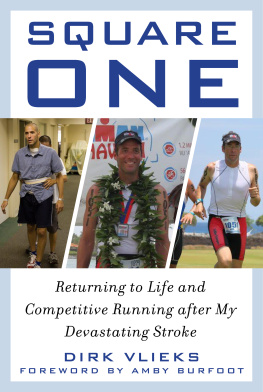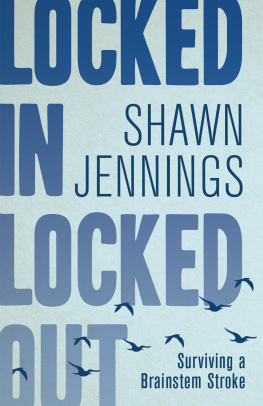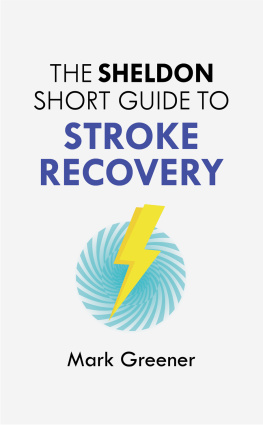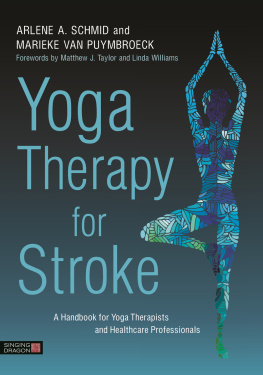Copyright 2017 by Dirk Vlieks
All rights reserved. No part of this book may be reproduced in any manner without the express written consent of the publisher, except in the case of brief excerpts in critical reviews or articles. All inquiries should be addressed to Skyhorse Publishing, 307 West 36th Street, 11th Floor, New York, NY 10018.
Skyhorse Publishing books may be purchased in bulk at special discounts for sales promotion, corporate gifts, fund-raising, or educational purposes. Special editions can also be created to specifications. For details, contact the Special Sales Department, Skyhorse Publishing, 307 West 36th Street, 11th Floor, New York, NY 10018 or .
Skyhorse and Skyhorse Publishing are registered trademarks of Skyhorse Publishing, Inc., a Delaware corporation.
Visit our website at www.skyhorsepublishing.com.
10 9 8 7 6 5 4 3 2 1
Library of Congress Cataloging-in-Publication Data is available on file.
Cover design by Tom Lau
Front cover photos by Kelsey Vlieks (left) and Ute Vlieks (center, right)
Back cover photo by Ute Vlieks
Print ISBN: 978-1-5107-2100-5
Ebook ISBN: 978-1-5107-2101-2
Printed in the United States of America
Dedication
T O K ELSEY AND THE GIRLS , E LLIE AND A NNA
TABLE OF CONTENTS
Foreword
I met Dirk Vlieks while doing something we both have spent a fair amount of time doingrunning. When I first spotted him walking herky-jerky across the parking lot at Haley Farm State Park in Groton, Connecticut, I wondered who he was and what was wrong with him.
On this late September morning, perfect for running, I had gathered with a handful of serious runner-friends at Haley Farm, a gorgeous park with long, winding trails and views of nearby Long Island Sound. It was the perfect place for a Sunday morning run.
Dirk didnt look like he would fit in with our group. I thought that he might be just ambling along on a solo walk. It didnt take Dirk long to disabuse me of my mistaken notion. He took off on a seven-mile run with the rest of us and more than held his own. In fact, once he broke into his running stride, I couldnt help but marvel at how smoothly he moved along.
Certainly, his strong stride belied what he had been through and how much he had accomplished to get back to running.
After that first run, I got to know Dirk a bit better and slowly learned his story. Not that Dirk told me much at first about his life-threatening, on-the-run episode, or how much he had struggled to return to his running ways.
Dirks not the kind of guy who spends a lot of time looking back or talking about himself. I admire that. Still, I did learn that he was new to the Mystic, Connecticut, running scene, and quite serious about his training and racing.
I gradually pieced together that Dirk had been a serious triathlon competitor with a number of Ironman finishes. The day I first saw him at Haley Farm, it was easy to see that he had been through something. I was curious to uncover more.
On subsequent runs, I noticed that his gait wasnt the only strange thing about him. When he spoke, I missed some of his words. They came out a bit garbled and difficult to understand. Still, his story came through.
I learned more on each of our runs and at several races. It was clear that Dirk loved to run. He popped up here, there, and everywhere local runners gathered.
One day he told me he was writing a book. That particularly piqued my curiosity, since I am also a writer. Yet the more I heard from Dirk, the more I realized that there were big gaps in my understanding of his background and medical history.
Another time we met for lunch at the Mystic Market to talk more about books and running. Dirk told me he had completed a rough draft of his book and asked me if I would be willing to read it. Of course I agreed to. Now at last I could learn all the details I hadnt pieced together yet.
Reading Square One certainly filled in the holes. Its an unblinking account of what happened to Dirk in the middle of the Honu Half Ironman. One minute he was jostling for position on the bike ride, the next he was collapsing to the ground after a tumor burst and caused a massive stroke.
His courageous story will no doubt impress every reader, and not just because Dirk was talented and disciplined enough to make it to Honu. No, this is one of those unbelievable comeback stories. Dirk was downway downbut he refused to stay there. In the often difficult days and years since Honu, he has worked his way back to a very close approximation of his former self.
And not only that, he and his wife have had two beautiful girls (twins), and he has maintained his commitment to health and fitness. In fact, hes back to running marathons again. You cant go much farther than that.
Amby Burfoot
Runners World Editor At Large
1968 Boston Marathon winner
Mystic, Connecticut
Introduction
I loved triathlon because I loved pushing boundaries. I felt there was no better way to test myself. Once I had my first taste, I knew immediately that triathlon was the ideal complement to what drove methe perfect sport with the perfect blend of exertion and adrenaline and discipline. I thought it was the ultimate challenge, the most demanding thing I would ever face.
I was wrong.
In a lifetime of looking for challenges, I learned quickly there were a few Id have preferred not to face. Learning to walk again at age thirty-four was harder. So was learning to eat and speak again. Those were just a bit more challenging than anything thrown at me by an Ironman.
But maybe everything I had done before the eventthe midrace stroke in 2006 that sent me to edge of the precipice, where my life hung tenuously by the thinnest of threadshad prepared me for what lay ahead. That day in Hawaii I was transformed in a few brief moments from athlete to helpless infant, from the lead group of cyclists to an intensive care unit where doctors felt certain I would not make it, from trying to qualify for the big race to simply staying alive.
Maybe triathlon saved me.
If youve never thought of attempting to swim, then bike, then run without interruption over any distance, your first question is obvious.
Why?
If you ramp up the distances, Ironman distances, between seventy and one hundred forty miles for a days outing, your next question will be, Are you out of your mind?
For me, my first triathlon was an irresistible Siren Song. Once I heard it, I couldnt get it out of my mind. And nothing in my life was ever the same again.
I love triathlon. Im not trying to be disingenuous when I talk about how difficult it is to finish one while I call attention to the fact that Ive finished many. I dont believe in ostentation or showing off. These races are difficult for everyone, plain and simple. In many ways, they are ordeals to be finished, not events to be savored. But in other ways, they are celebrations of your physical strength and mental tenacity. Thats the point, and thats why tens of thousands of athletes, men and women of all ages, take them on every year.
Finish an iron-distance triathlon and you are on top of the world, exhausted, elated, and ready for anything that life will throw at you in the real world. An oft-quoted saying among competitors is triathlon doesnt build character, it reveals it.
Read what a few others have said about triathlons and youll get the idea.
Mark Allen, a six-time Ironman world champion, said this about the Ironman, the competition that started this whole thing: Until you face your fears you dont move to the other side, where you find the power.












